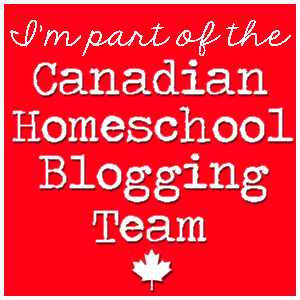|
I saw this on facebook and thought, cool! Then I thought I would look up a couple more wolf videos cause I was on youtube anyways.... hmm.. perhaps I should do up a workbook on wolves eh? Might be a fun study to do. Who doesn't like dinosaurs? Those big (and small) creatures that roamed the earth in days gone past. They have inspired movies, books, toys and countless other activities. I have a friend with a son who when he was younger was ALL about dinosaurs, he knew so much it was quite phenomenal. I recently received a kit from Raincoast Books that is called See inside the Dinosaur. This is a great kit, it comes with a dinosaur that you can take part and put back together. It is made of a sturdy plastic. A book about dinosaurs, and a paper dinosaur cut. This cut out shows all the different aspects of a dinosaur, working from the outside to the internal organs. The dinosaur book is full colour , with lots of pictures and good text. It gives a good amount of information about dinsosaurs. Here is a sample page so you can see the quality of this short book. The put it together dinosaur is kept inside a plastic case when not in use. This keeps the wee pieces like the dinosaur brain safe. :) The elastic holds the plastic together as well. The 3-D interactive kit is a great find. I have to admit, I was rather impressed with this 3-D exploration kit. It would be an excellent kit to use with your dinosaur loving students. A hands-on tool to help them explore and perhaps they too will be amazed at the tiny size of the brain (Just make sure you keep track of it so it doesn't get lost).
There is no booklet to show you how to put the dinosaur back together again, though it is fairly intuitive. Just a matter of snapping body parts into the skeleton. I happily recommend this hands-on, interactive kit to you. It will provide you with plenty of material about dinosaurs as well has having two models to work with. Good stuff. First up: by Betsy Harvey Kraft. I found this an interesting book to read, filled with great illustrations, about daring and persistence and faith in his design. George Ferris tried time and again to get funding for his invention, and finally got it. His observation wheel went up in Chicago for the World's Fair. So many skeptics until acceptance came. I can just imagine the wonder, the excitement and the fear that such a large invention would have rendered. The first of it's kind. People have copied his design since that day. It's exciting to see all the different ones that have gone up throughout the world. It's unfortunate how Ferris' wheel ended up but his invention lives on in Ferris wheels everywhere. Illustrator Seven Salerno did the Ferris wheel justice in his rendition of it. This is a wordy picture book, so not one to hold up to read for story hour, but it's an excellent book to set with if you want to start a study on Ferris Wheels as it gives a good grounding into the determination needed by George Ferris to get it erected and used by the public. A book study could easily be written for it as well and I'm contemplating doing that as it's a solidly good book. Published by Henry Holt and Co. it is 9.45 x 11.24 · 42 pages and geared for ages 5-9 years. Next, let me introduce you to a book ALL about Coyotes. Coyote Moon by Maria Gianferrari. Coyote Moon is book that to my 51 year old eyes need to be read in a well light room. The books' colouration FITS really well in the life of a Coyote and when they are most active. In this book we go with coyote mom as she heads out to find lunch for her brood of youngsters.
Can she get a rabbit or a goose or ????? I have to admit I was disappointed at what the coyote ended up catching. As I read the book I was fascinated learning about the coyote, the lyrical sentences drew me in and caused me to want to know more about them, and then to basically have the coyote be called a chicken thief at the end. I grew up on a farm. And coyotes don't exactly have a good rap growing up, and I guess I just expected more from this book. It's good to have that realism and I appreciated the end note by the author pointing out how very adaptable coyotes are to living in all sorts of environments. Coyotes will make do wherever they find themselves. I just wanted more. It's a wonderfully illustrated book, the coyotes are portrayed realistically. I don't want to leave you with the impression that I disliked this book because I liked it. I just hoped for a different prey to be caught at the end. Momma coyote took care of her family and this is what the book was about, could she find prey, could she use all her skills, knowing that she'd miss at least once, maybe twice until finally she achieved her goal.. food for herself and her younglings. Good job momma coyote, excellent job in illustrating by Bagram Ibatoulline, pleasant and informative lyrical verse by Maria Gianferrari. This book would be an excellent introduction to the study of Coyotes as it shows them in fine detail and in their environment, living their lives. Published by Roaring Brook Press, it is 10.89 x 10.24 and runs 32 pages, geared for children ages 4-8 years. These books were generously sent to me by Raincoast Books.
I wanted to take a moment to tell you about some animal related books we've read lately. Different themes and ideas presented in each.

Where the Buffalo Begin Oh, I wish I could adequately express how much the lad and I enjoyed this book. We read it over three nights so we could just enjoy the story. :) An excellent story about an Indian lad wanting to see if a story is true...and finding himself becoming part of the legend by the end of the book. Just a neat story. A book we picked up in a large assortment of books that I almost tossed out and am so glad we took the time to just read it. Has made me want to get more book by Olaf Baker. If you are doing a study on Native Americans or First Nations people, pick it up for sure
The last book I want to talk about came in a review package from Raincoast books. Feathered Dinosaurs is a book about.. well obviously dinosaurs that are feathered. It was a great read with excellent pictures, done up be Brenda Z Guiberson
My 10 year old snatched this book up almost as soon as I opened the package and quickly looked through and read it. He brought me this page to show me. "Look at its tail mom! Would you want to be swatted by it? And this bird can BITE mom.. can you see it's teeth!!!!!!" Well illustrated, with just enough information to intrigue a lad and draw out questions from a mom. At the close of the book there was a two page spread talking about the advantages these avian dinosaurs would have over the rest of the dinosaur population, it was a great conversation starter.
If you have a child that likes dinosaurs, or is just fascinated by the multitude of beasts that the Lord created, check out this book. You can find it HERE.
Going through our mammals book as we ran into the jaguarundi. This wild cat's name grabbed my son's attention immediately (even without knowing what it was), and when I showed him the picture he said It's a cat!" (my son loves all things cat). Just what is the Jaguarundi? It is a small animal about 11 inches high the shoulder. About 3.5 feet long with about 1/3 of the length being the tail. Puma yagouaroundi is a rather odd looking cat, a small flattened head, small ears, and an elongated body. The short, smooth, unmarked coat shows three distinct colour phases: black, brownish grey, and a reddish brown phase known as the Eyra. Typically, the darker colors occur in the rainforests while lighter color are present in the drier environments. Unlike most wild cats, these small cats have no contrasting colour on the back of their ears, which are rounded and well furred. Due to the shape of the head and tail, they have often been confused with otters and weasels. They live in South America up to Texas. Occasionally being spotted in Florida (but these are believed to have been brought in). Typically males have a large territory than the females, using different areas without doing regular border patrols. They used to be called the "weasel cat", and they have litters of 1-4 kits born in a den hidden with in a hollow log or in a dense thicket. Depending on the source you read they are either a very secretive cat so it's been a challenge to learn a lot about them OR they are seen so often that much is known..It's hard to know who is accurate, I suspect it is due to which population is being studied. They have been spotted in pairs, and yet known to live solitary lives as well. They make 13 distinct calls. They eat a variety of small game, fish, reptiles and birds but they have been observed eating fallen fruit. They are well-known for raiding chicken barns and are therefore not on the "liked" list for farmers. Basically, if it's moves and they can catch it, it's lunch. It is thought that Central Native Americans tamed Jaguarundis to control the village rodent population.
They are mostly threatened by habitat destruction and human encroachment, and are listed as of least concern for being threatened. Though the Gulf Coast species is known to be on the decline due to habitat loss and conflicts with people (road kill, trapping and poultry thieves) Sources: Biodiversity Warriors. Wild Cat Conservation. ADW. Arkive. BCR. ISEC. This month the Canadian Homeschooling community is doing a round on on Conference Chats (goes live April 27). We're to pretend we have to give a speech on ANY topic we want and then write what we would talk about. When I first heard the topic I thought BUNNIES, I can talk about Bunnies and then hmm.. but how can I tie that into homeschooling. As much as I love to talk about bunnies, I need to honour the group that I am working through right? :) It got me to thinking about how the bunnies have helped in many different ways with schooling and just with general life topics. Let me present for your consideration ways that animals are helpful in learning about life in a spiritual scope. 1. Why do just these mice always try to jump out of their cages? Watching what animals do is so enlightening. We have house of mice, that the mice are always able to get out of. It's given my son a reason to observe them and realize how mice are able to use other things to get to where they want to. How, just like a cat does, they look at what is around them and learn to measure distances. People learn and grow too. We see what is around us and use it, hopefully for our betterment. Not all will do this though. Just as one group of mice is filled with explorer mice, the rest of our mice are very content to stay where put. People are no different, God made us all different. Many are content to be led, while others are leaders, there is room for both. 2. Look how nice Milo is, keeping me company while I read! The companionship that animals provide can be an excellent distraction and a way for a boy to keep busy with his hands while he's busy using his eyes. The different ways God meets the needs of his people amaze me. When my son was learning to read, his cat was always there with him. Settling his heart and body so his mind focused. 3. Why do I have to take care of the mice before breakfast? Learning to put the needs of others before himself is an important lesson for any child to learn. It's also a good talking point about what responsibility means. The Lord God gave us dominion over the earth. Told us to take charge and care for all that he provided us with. That's a responsibility we need to take seriously. 4. Why do they talk so much when we have the guinea pigs all alone? Did you know that guinea pigs don't like to be alone, and that what one guinea pig does, the rest of them will often copy? This means that if one is alone, it will call for the rest of the herd. If the herd is all together one one notices a favourite food is coming, it'll call out and the rest of the herd will join in? God calls us to be in fellowship with each other. Just like guinea pigs do best when part of a herd, God's people do best if they are part of a body of believers, encouraging, teaching, strengthening each other. We learn other things from the animals as well. 1. Financial responsibility. It costs money to house, feed and protect animals. Choices need to be made about what is the wisest way to spend dollars. 2. Entrepreneurial skills. Talking to customers, managing your business, selecting for temperament, colour, and type, advertising, and more. Creating care sheets and learning great communication skills. 3. Life starts and ends. Animals are born, animals die. animals get sick. How does one manage this? Vet care, do it yourself care, watching healthy animals points the way to knowing what an unhealthy animal looks like, good observation skills are a must. 4. Not everyone is caring. Sadly in our years of caring for animals we have need to rescue some animals. It's saddens our hearts to see how uncaring some folks are about their animals. Sometimes it's deliberate, other times it's simply lack of knowledge, either way it just very sad when animals are treated poorly and need to be brought back to good health. 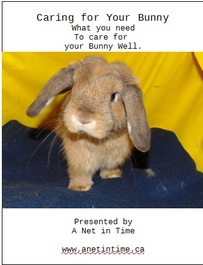 To help you learn about bunnies and how to care for them I put together this ebook for you. Just click on the image to the left. Giant Forest Hog (Hylochoerus meinertzhageni)is a HUGE hog... I tell yah..... My lad and I wanted to see what this shaggy hog looked like and were amazed at the sheer size of some of these hogs. The males are bigger than the females, they are a dark brown or black in colour covered with hair, this hair becomes more sparse the older the hogs get. They have swellings below their eyes, which can get quite large in the males. They have a bristle like mane which they raise when alarmed or excited. They also have tusks. Check it out: This video below gives some good information about them. Did you know that these wild hogs prefer to live in areas with a dense understorey, a large variety of plants and a good water source? Giant Forest Hog is large wild hog weighing from 100 to 275 kg. They are found only in Africa. There are three recognized subspecies, each with distinct ranges. The forest hog H. m. ivoriensis inhabits the area near the Ivory Coast, H. m. rimator lives in two areas near the west and central equatorial zone and coexists in the east equatorial zone with H. m. mienertzhagheni, the "true" giant forest hog. A potential fourth subspecies exists to the north of H. m. mienertzhagheni. (source) Unlike most wild hogs, the African Forest Hog primarily eats grasses, sedges and herbage. These plants may contain carrion or eggs, but they mostly eat the plants. They engage coprophogia, which is the eating of feces. They live in family groups of 6-14 animals, with a dominant boar. Boars will fight when they first meet to decide heirarchy, thereafter they won't fight anymore as the loser will make himself scarce should the family groups meet up again. In forested environments, forest hogs communicate with quiet grunts to maintain group coherence; a barking call serves to locate individuals at a distance. Males produce a long grunting call. In competing for females, males fight like wild sheep, charging at each other from 20-30 m apart and ramming heads together. This combat may cause skull fractures, although this is often not fatal. (source) These hogs are not threatened despite being localized in their populations and well-hunted. Their numbers are not declining and they continue to create crop damage, carry swine fever and are part of the cycle for sleeping sickness. Though according to this site, more people are starting to hunt them for food and so they are starting to disappear more quickly.
Even though these giant hogs damage crops, through their activities they help with dispersing plant species. They keep to trails that connect their grazing grounds, latrines, wallow holes and anything else they use regularly. If you click in the image below it will take you to a worksheet directly connected with this blog post. After two weeks of not getting much done in the way of schooling due to cold/flu running through the house, WOOT WOOT.. today I woke up with energy! (granted that energy ran away quickly and by 1 p.m. I was barely function and by 330 was shivering in a warm house). :) BUT HEY!!! Got some schooling done so YEAH!!!!! Anyways, what did we get done? The lad worked his way through Veritas Press History and Bible. Then attacked his A+ Interactive Math.. he loves the short lessons. As long as he gets 80% or higher I don't require extra work. After this we worked on our Homeschool Copywork. Took a bit of figure out what was wrong with my printer (hubby needed to help) but finally printed off enough sheets for the next bit. The lad is really enjoying the copywork for the Dragons in the Bible book. Math, reading, science all done. YEAH!!! To end our time as I was running out of brain power we did some reading. The Natural World book had us reading about eels today, so we looked up garden eels on Youtube. They made us laugh. Isn't God amazing with some of the creatures he has made??? Just amazing. :)
As my son and I were reading in our mammals book tonight we learned about a group of animals called "Marsupial gliders" of which there are three types: Sugar, pygmy and greater. My son asked "are they like flying squirrels mom?" We looked up all three before he settled to bed and we both though the faces of the greater were funny looking with their big ears so.. Let's learn about the Greater glider. The greater glider, like other marsupials (barring the opossum) lives in Australia. They are the largest of the marsupial gliders...they can be up to 1 metre long, and of all the gliders are the most varied in their colour. Their colour can range from white to sooty grey, the northern greater gliders have brown with a tan belly. The greater glider (also known as the greater gliding possum) is restricted to eastern portion of Australia. A marsupial is an animal that carries it's young in a pouch, they live primarily in Australia. They can also be found in North and South America. They range from small four-footed forms like the marsupial mole to the large two-legged kangaroos. The greater marsupial glider is classified differently than the rest of gliders being more closely linked with the ring-tailed possum.
It is a folivore, dining predominately on the leaves of the eucalyptus trees. It prefers to be live in old growth forests where it can hide among the leaves. Their scientific name is Petauroides volans. To learn more about the Greater Glider, please download the document below. The Mammals book that we are reading through had us learning about animals called Dassies. I thought the who??? As we read further we learned that dassies are animals such a Rock Hyrax or Siberian Hyrax. The book didn't provide any pictures so I went searching for some. If you want to hear a boy coo... show him a picture like this: My lad was SO fascinated by these little creatures. You can see more images of them here. Rock hyraxes, as you might guess, live in rocky areas, in places such as Egypt, South Africa, and Syria. They have thickly padded feet that are kept moist through a numerous sweat glands and are experts at rock climbing. They shelter within the crevices and fissures found within these rocky areas. They eat plants and fruit for the most part, but also insects, lizards and birds' eggs. They eat as a family, in a circle, facing out so they can keep a close watch for predators. They will take a bite and look around and repeat. They have a unique eye lid that allows them to look into the sun to watch for predators. (source) Although they are terribly cute and look a lot like rodents, rock hyraxes are in a class all their own, more related to elephants and manatees than to the rabbits (which aren't rodents either) that my son thought they were like. They even have tusks which are elongated incisor teeth (rather than canine teeth). Rock hyraxes have at least 21 different vocalizations, including trills, yips, grunts, wails, snorts, twitters, shrieks, growls, and whistles. Males also sing complex songs that can last for several minutes and serve a territorial purpose, like bird song. (source) They have a three-chambered stomach and I found it interesting, that like rabbits, the young NEED to eat the poop of adults in order to develop proper gut bacteria to digest the foods that adults eat. The young are born after a 7-8 month gestation. They are a small, careful animal. They lives in colonies, love to sun bathe and are also known by the name of rock badger, dassie or the cape hyrax. Joining up with week with blogging through the alphabet.
|
Who Am I?
Archives
September 2017
Categories
All
 2013 TOS Reviews
IXL.com
if you were me Chess House YWAM Seed Sowers Time4Learning Family Hope Center Reading Kingdom Bible Study Guide for all ages Bird Cage Press Christianity Cove Math Mammoth Joyce Herzog Homeschool in the woods SuperCharged Science Adventus LoneStar Learning A+tutorsoft Math Wet, Dry, Try App Schoolhouse Teachers French Essentials Dogwood Mudhole Circle Time Gryphon House Essentials in Writing In the Hands of a Child A journey through learning Ed Douglas Picaboo Yearbooks VocabularySpellingCity 2014 TOS Reviews Science4Us.com Egglo Entertainment. ScienceandMath.com Supercharged Science. Philippians in 28 weeks. CTC math The Brinkman Adventures. Maestro Classics. Logic of English. Learning Breakthrough Go Science DVD's Veritas Press Happy Kids Songs Wizzy Gizmo: In his image UberSmart Software. Essential Skills Advantage: Other Reviews
My Beloved ..
Homemaker's Mentor Don't Miss the Boat Tokens of Promise Biff and Becka's .... A Child's Geography Homeless at Harvard 30 Days of Bible Study... Topaz and the Evil Wizard Alone yet not alone Lead me Home I am Second Can't wait Willow Hey God.... This is Our Time What I wish I knew at 18 Classical Composers Seeking Christmas. Raising boys by design. The Ruby Ring. Knowing God By name. The Jesus Bible, NIV. One Realm Beyond. |
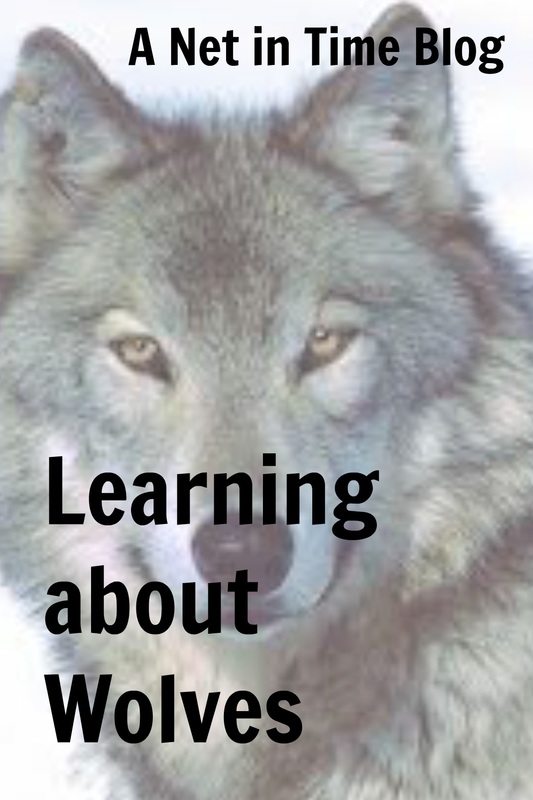
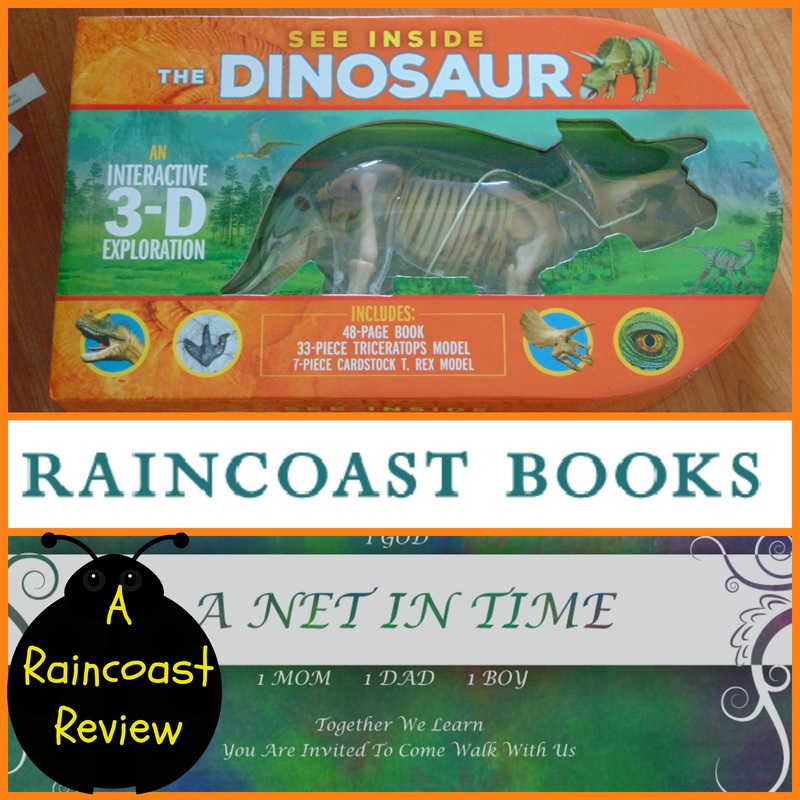


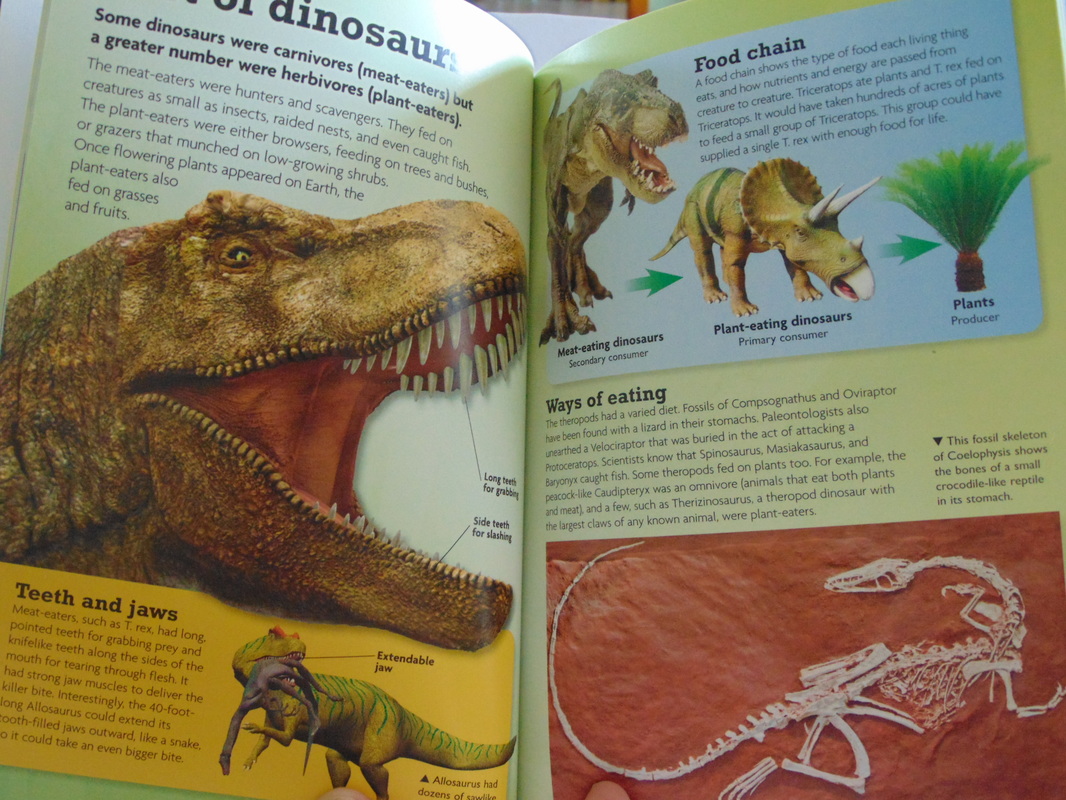

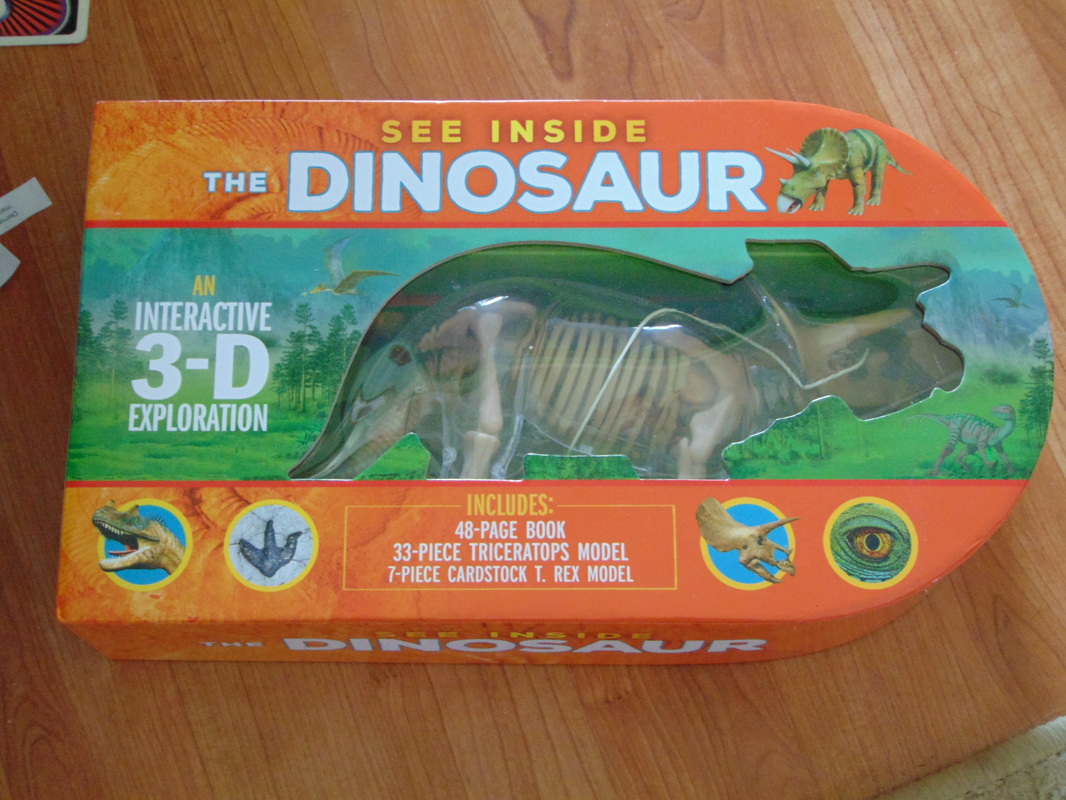

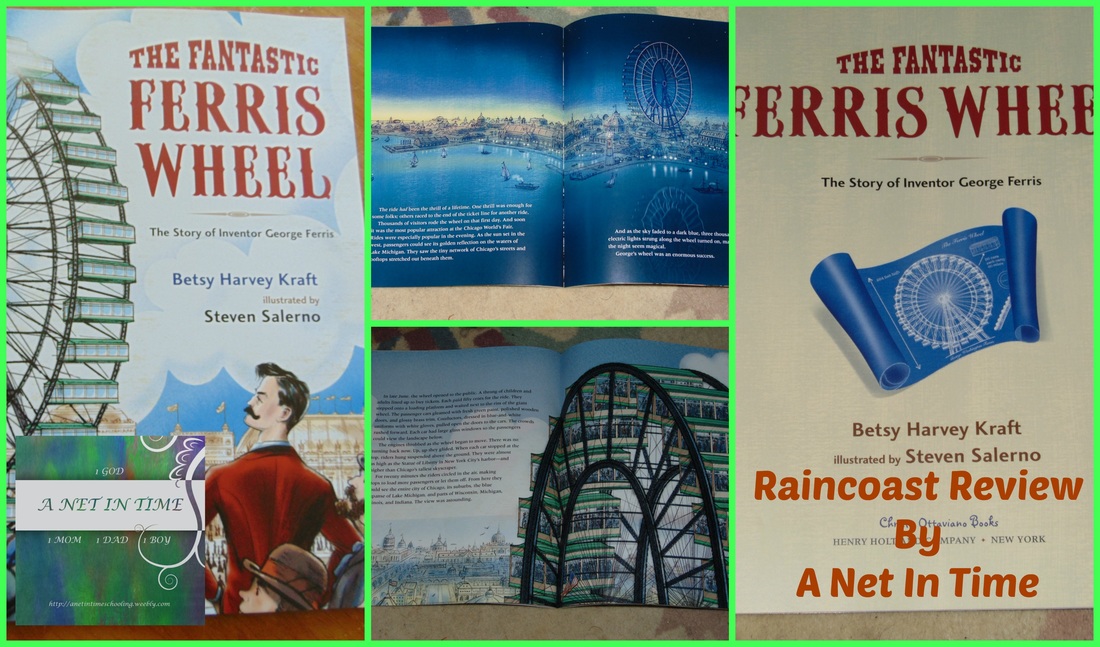
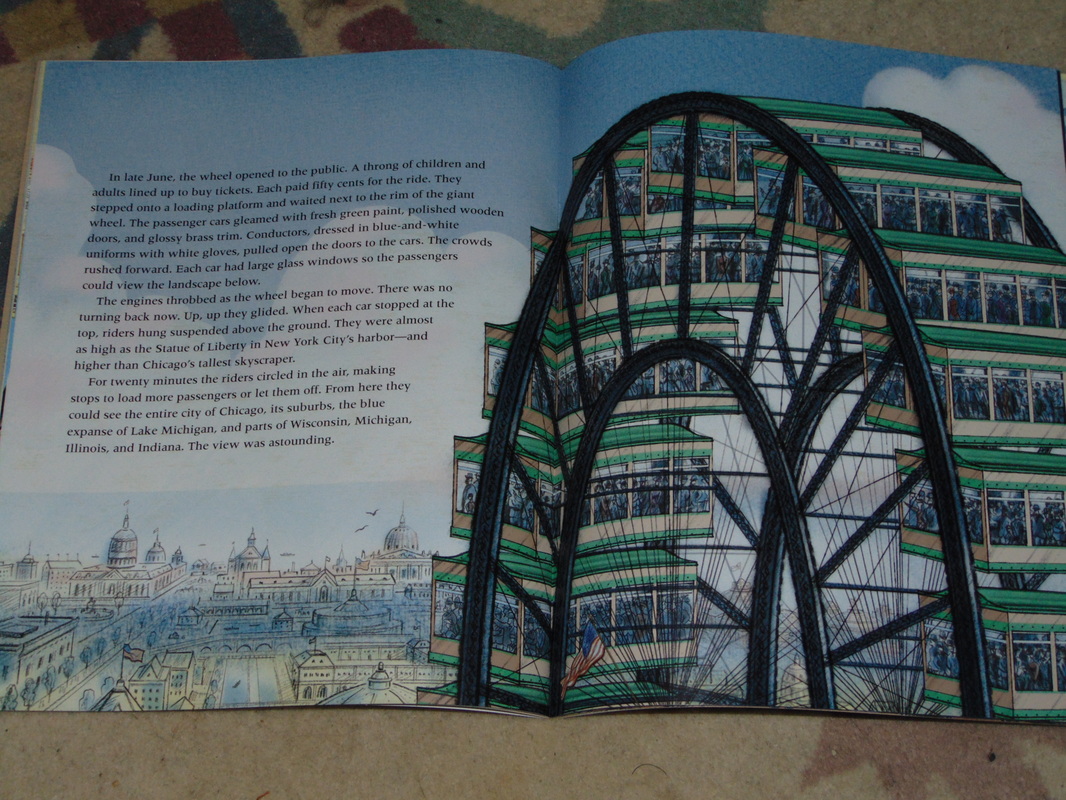


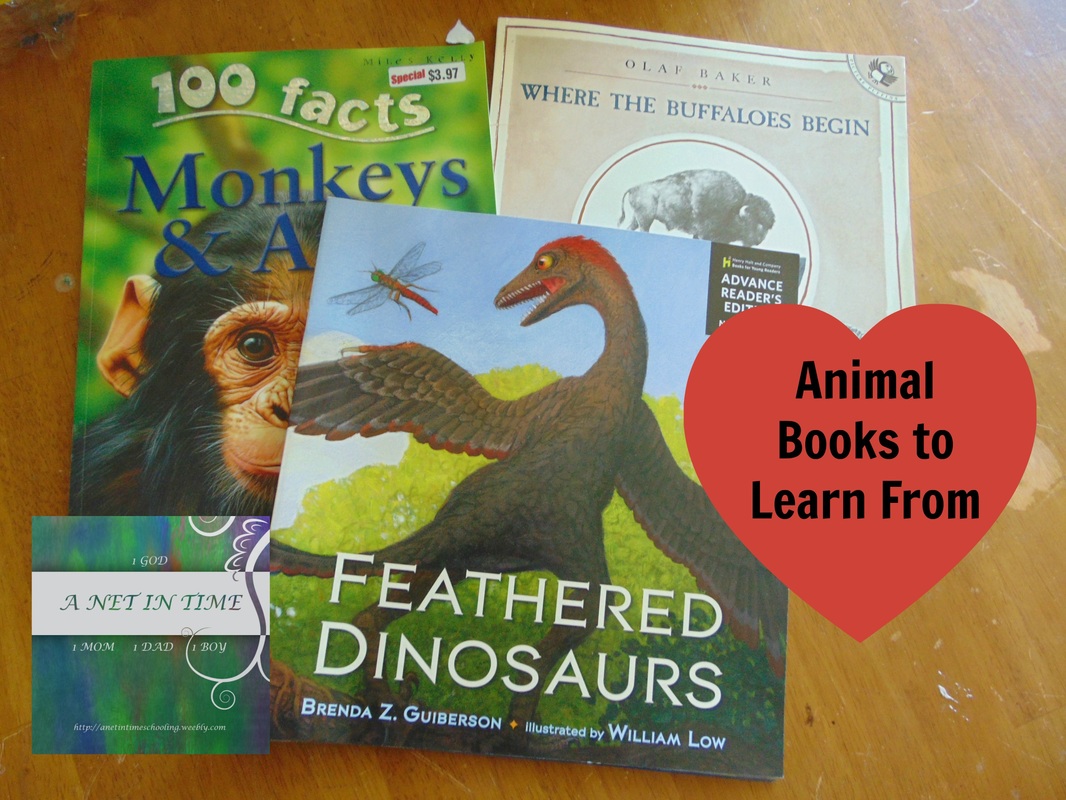












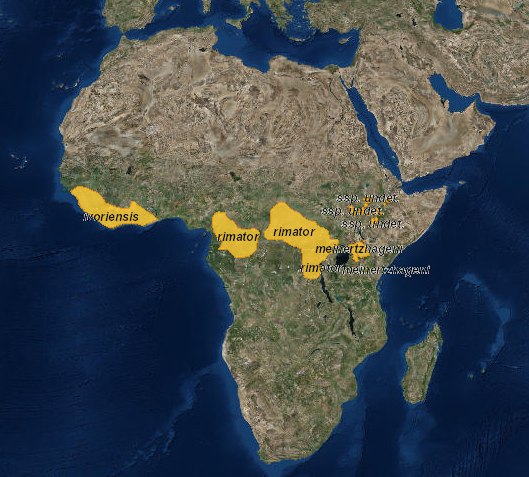
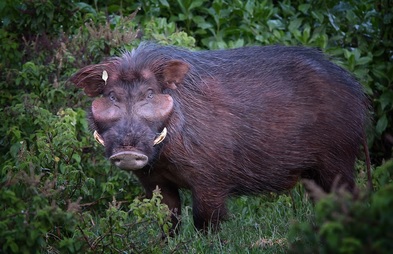




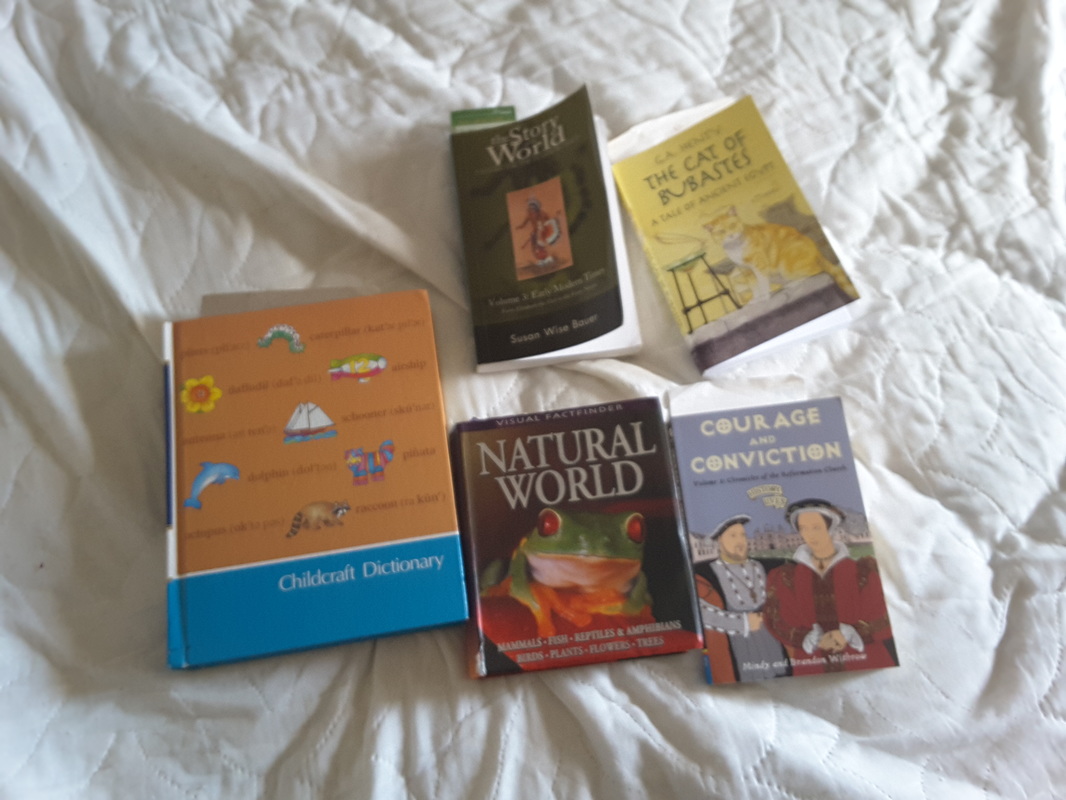



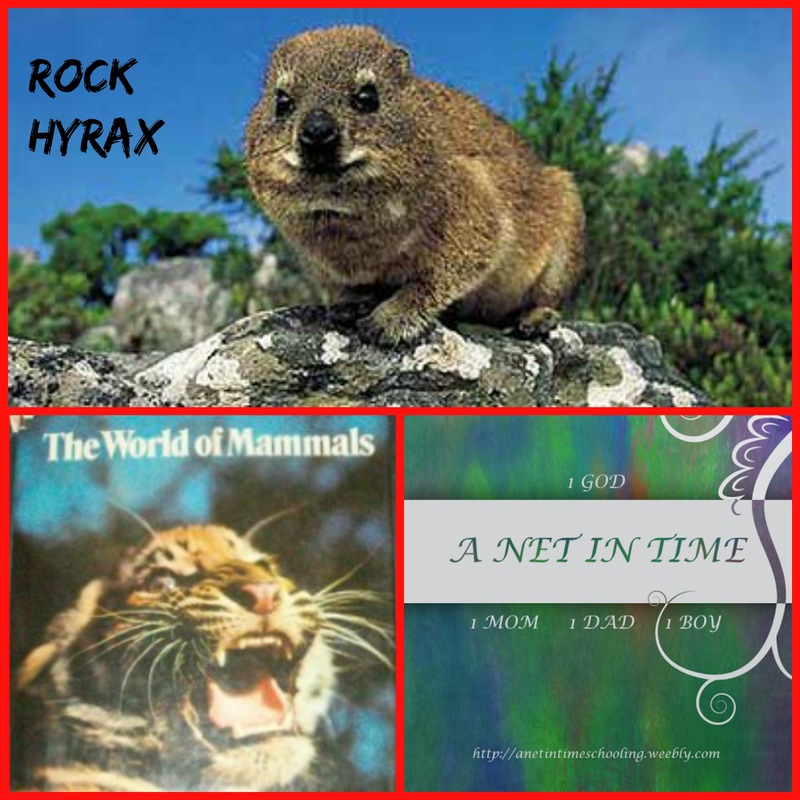
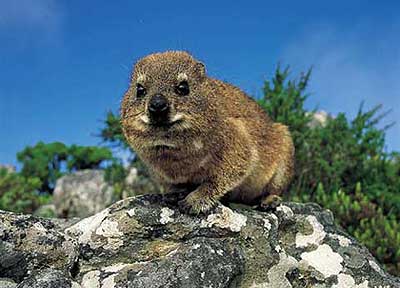
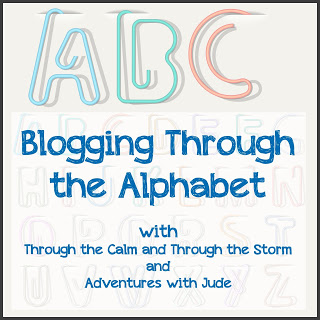
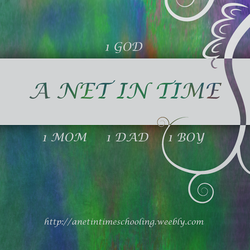
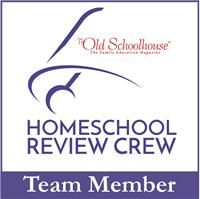
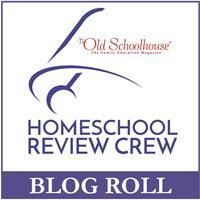




 RSS Feed
RSS Feed
